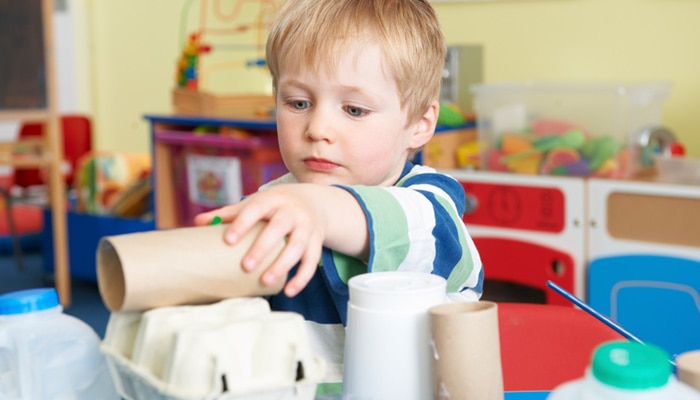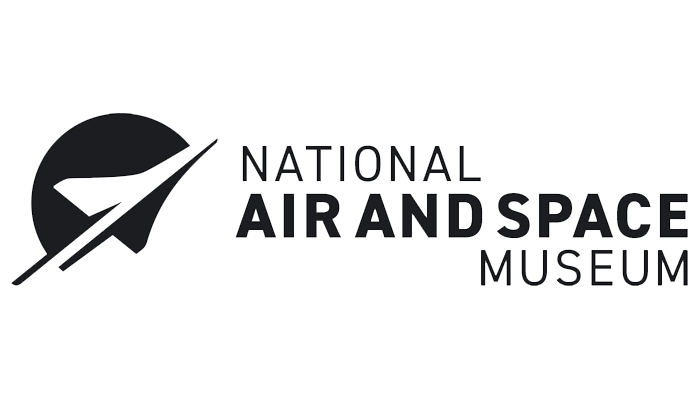While we believe that the books and resources recommended may be of value to you, keep in mind that these are suggestions only and you must do your own due diligence to determine whether the materials are appropriate and suitable for your use. PNC has no sponsorship or endorsement agreement with the authors or publishers of the materials listed.
RECYCLING

Construction Site
Children will plan and build a variety of structures from recyclable materials

Lesson Objective
Children will understand that recyclable materials can be reused or repurposed to build structures.
ScienceArt
What You'll Need
- A large assortment of clean materials found in recycling bins
- boxes from tissues, cereal, shoes
- paper cups
- paper towel rolls
- oatmeal containers
- paper grocery bags
- plastic milk jugs
- cardboard orange juice containers
- plastic water bottles
- plastic yogurt cups
- newspapers
- String or yarn – 2 balls
- Clear tape – 4 rolls
- Masking tape, multiple colors if possible – 4 rolls
- Scissors – 1 per child
- Drawing paper – at least 1 sheet per child
- Crayons or markers
What To Do
- Show the children the materials and ask if they recognize any of the trash items.
- Ask where each object came from, what was in it, and where they think you found it.
- Explain that the materials came from recycling bins.
- Tell the children they are going to reuse these materials to create a construction site!
- Show the recycled materials they can build with, including the tape and string to use for connecting the parts.
- Ask the children to examine the materials and draw a plan of what they might build. Have the children include a base for their structure.
- Take time to circulate, observe their drawings, and ask questions about which materials they plan to use.
- Give the children ample time to create, problem solve, and collaborate. Encourage them to think about the support for the structure so it will not collapse or lean to one side.
- If you are not able to save or display their constructions, take photographs and display the photographs.
- When the children are done, be sure to help them recycle the materials!
Resources
Home School Resources
Home educators: use these printable lesson PDFs to teach this lesson to your home schoolers. They're available in English and Spanish.
Content Provided By
Common Core State Standards Initiative – These lessons are aligned with the Common Core State Standards ("CCSS"). The CCSS provide a consistent, clear understanding of the concepts and skills children are expected to learn and guide teachers to provide their students with opportunities to gain these important skills and foundational knowledge [1]. Visit the CCSS


